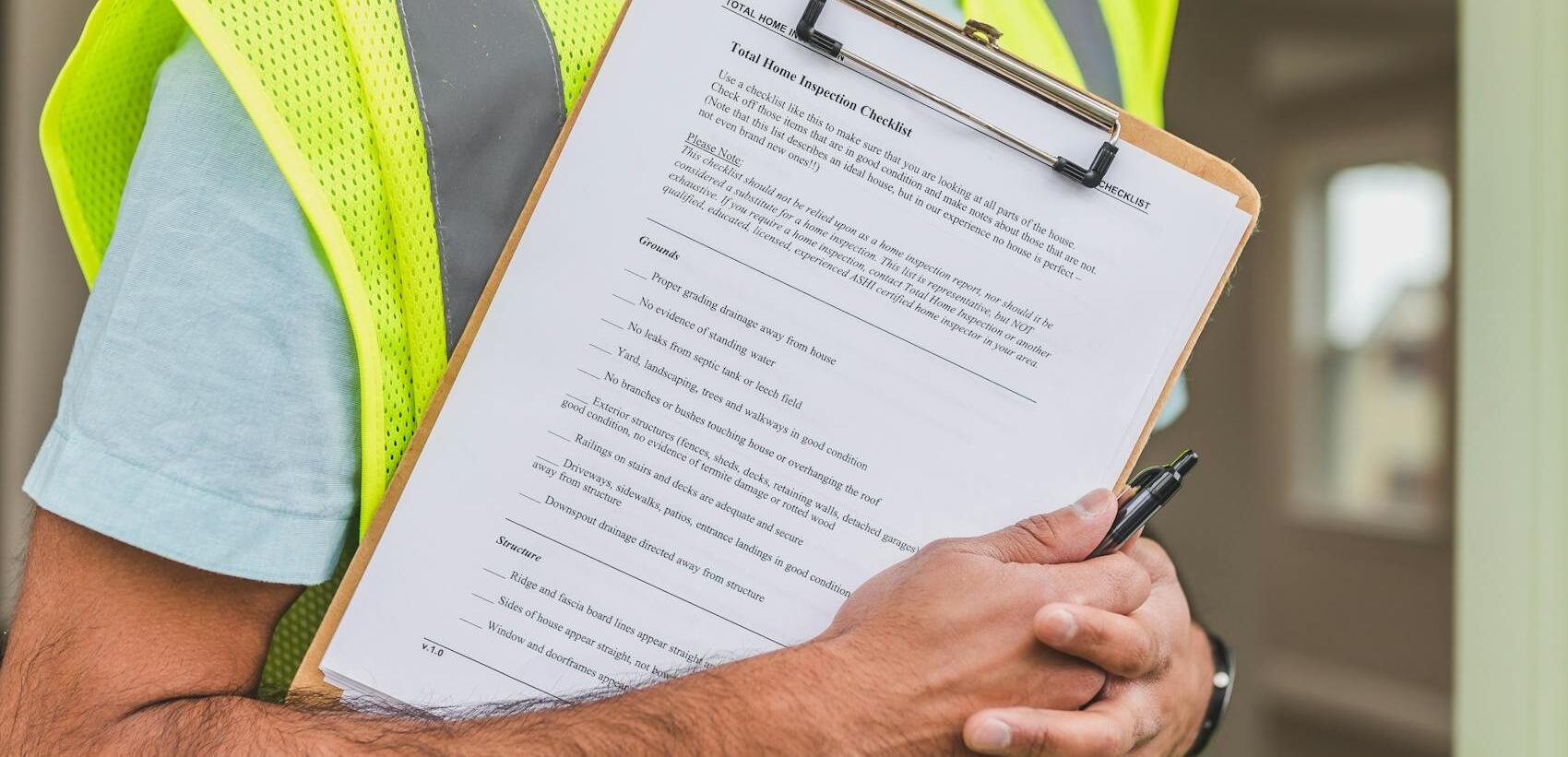“Someone ELSE can use MY land?” We hear this reaction all the time. It’s perfectly reasonable – nobody likes finding out a stranger has legal rights over their property. In our years tackling easement disputes across Ohio, we’ve seen the frustration and confusion this discovery brings.
While not every easement can be removed, many can absolutely be fought successfully. Others can at least be modified to reduce their impact. But challenging an easement takes a methodical approach.
So, how do you actually do it? Let’s work through this step by step.
Step 1: Identify Your Specific Easement Type
Before doing anything else, we need to pinpoint exactly what kind of easement affects your real property.
Each type requires its own challenge strategy.
Express Easements
Express easements exist in writing; they’ll show up in deeds, separate agreements, or other formal documents. These spell out who has what rights to use your piece of property and why. The paperwork establishes the relationship between the dominant estate (their property that benefits) and the servient estate (your property that carries the burden).
Implied Easements
Implied easements don’t exist on paper. They develop through historical patterns of use. Maybe your neighbor’s driveway has cut across your corner lot for decades, going back to when one person owned both properties. These unwritten rights arise from long-standing arrangements courts want to protect.
Easements by Necessity
Easements by necessity form when a neighboring property would be landlocked without them. Ohio judges hate landlocked parcels and will often create access rights regardless of what your property documents say.
Prescriptive Easements
Prescriptive easements work similarly to adverse possession. When someone openly uses part of your land without permission for 21 years straight in Ohio, they can gain permanent use rights. Unlike adverse possession, they don’t take ownership – just the ongoing right to use your property in that specific way.
Step 2: Research How the Easement Was Created
Now, we analyze how the easement was established to identify any potential weaknesses.
For express easements, we look to county records to examine the actual easement agreement. We’re looking for:
- Fuzzy boundary descriptions or vague location details
- Limitations on the permitted use of the easement
- Any sunset provisions or termination triggers
- Technical flaws like missing signatures or improper recording
For implied or prescriptive easements, we gather evidence about:
- Exactly when and how the usage began
- Whether the use has been continuous or interrupted
- Precise details about how the property gets used
- Changes that might have eliminated the original necessity
With common easement types like utility corridors or shared driveways, understanding exactly what uses are permitted becomes crucial. Easement holders often exceed their actual rights, and that overreach creates opportunity.
Step 3: Find Your Strongest Challenge Arguments
Not every easement has vulnerabilities, but most do. Here’s where we typically find openings:
With express easements, look for:
- Technical failures in how it was created or recorded
- Ambiguous or contradictory language about location or permitted uses
- Missing signatures or improper notarization
- Clear violations of the stated terms by the current easement holder
For implied easements, these factors often create opportunities:
- Proof the historical use happened only occasionally or sporadically
- Evidence showing the original owner gave explicit permission
- Documentation that other reasonable access existed
- Showing the claimed use wasn’t obvious or necessary for the property
In prescriptive easement cases, these issues matter tremendously:
- Any breaks in the required 21-year continuous use period
- Property records showing owner-granted permission
- Evidence the use was not open and obvious to a reasonable observer
Across all easement types, these universal grounds frequently succeed:
- Abandonment (they stopped using it AND demonstrated intent to surrender rights)
- Major changes in circumstances making the easement unnecessary today
- Misuse beyond its intended purpose (like turning residential access into commercial use)
Step 4: Document Everything Thoroughly
Evidence wins cases, not arguments. Before taking action, build a solid documentation file:
- Get your property professionally surveyed to establish exact boundaries
- Take numerous photos showing the easement area from multiple angles
- Keep a detailed log of actual usage (dates, times, who’s using it, how)
- Document any property damage resulting from easement use
- Save every communication about the dispute
This evidence builds your negotiation leverage and forms the backbone of potential litigation.
Step 5: Negotiate Before Litigating
Going to court immediately wastes money and burns bridges. Many disputes are resolved through direct discussion. Our typical approach:
- Contact the easement holder with specific concerns (always in writing)
- Show concrete evidence of problems or misuse
- Suggest practical alternatives that might satisfy both sides
Practical solutions frequently include:
- Moving the easement to a less disruptive part of your property
- Creating clearer written terms with specific restrictions
- Establishing modest compensation for ongoing use
- Setting time limits or usage schedules
Keep records of ALL communications. If negotiations break down, this history shows you tried reasonable resolution first – something judges definitely notice and appreciate.
Step 6: Try Mediation Before Court
If direct talks hit a wall, mediation offers a practical alternative to a drawn-out legal battle.
A neutral third-party mediator helps both sides work toward a resolution—without handing down a decision. You stay in control, the process is typically faster and cheaper than court, and the outcome can be more flexible and tailored to your needs.
In fact, many Ohio courts now require mediation in property disputes before you can proceed to trial. Even when it’s optional, judges often look more favorably on parties who made a good-faith effort to resolve things out of court.
Step 7: Take Legal Action When Necessary
When other approaches fail, several legal options exist:
Quiet Title Actions
Quiet Title Actions ask the court to resolve all competing claims to your property. The process involves filing a detailed complaint in your county’s Common Pleas Court, formally notifying all interested parties, presenting evidence, and getting a judgment clarifying or terminating the disputed rights.
Declaratory Judgments
Declaratory Judgments work particularly well when easement terms lack clarity. You ask the court to interpret ambiguous provisions, and the judge issues a binding order defining exactly what’s permitted. This approach shines with poorly written express easements.
Injunctive Relief
Injunctive Relief becomes necessary when easement holders cause ongoing harm or grossly exceed their rights. These court orders can immediately stop harmful activities while other legal proceedings move forward.
Each approach offers distinct advantages depending on your situation and goals. Sometimes, combining strategies works best.
Step 8: Update Property Records After Resolution
After successfully challenging an easement, this final step prevents future headaches:
- Record the court decision with your county recorder
- Update your property survey showing the changes
- Notify your title insurance company
- Document any modified easement terms clearly
Proper recording prevents future disputes and protects property value when you eventually sell.
Ready to Challenge an Easement? We’re Here to Help
At Cavell Law Firm, we’ve helped numerous Ohio property owners successfully challenge problematic easements. Our deep understanding of both legal principles and practical considerations gives us insight into finding effective solutions for even complex easement issues.
If you’re dealing with unwanted or problematic easements, reach out to our real estate litigation team. We’ll help you understand your specific situation and explore your options for regaining control of your property.










